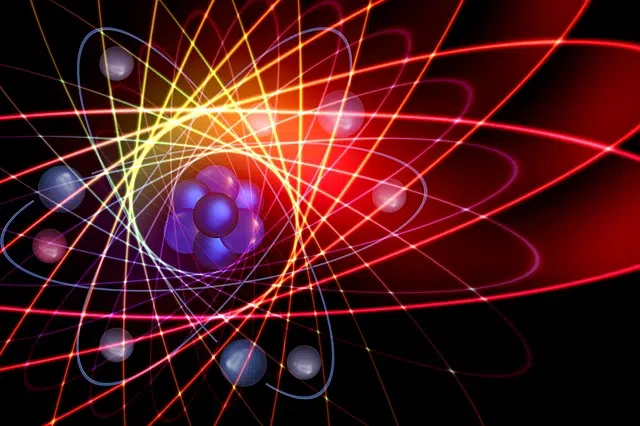
Quantum mechanics studies the behavior of tiny particles.
The concept of quantum mechanics is used in the field of physics , which is the science dedicated to the analysis of the properties and characteristics of energy and matter. In this science, the branch that focuses on the movement and balance of bodies that are subjected to a force is called mechanics .
The adjective quantum (or quantum , in its feminine version), on the other hand, refers to that linked to energy quanta. Regarding the idea of quantum , it refers to an amount of energy that cannot be divided and that is proportional to the frequency of a given field.
Returning to the notion of quantum mechanics , it is the specific part of mechanics that studies the behavior of tiny particles . Its premises have as their starting point that all forms of energy are released in quanta, units that belong to particular sets of bosons (types of elementary particles ).
Origin of quantum mechanics
It is important to indicate that the laws of the physical world with which we interact daily are explained by classical mechanics , which uses terms such as trajectory , speed and position to allow the understanding of the movement of bodies.
When the 20th century began, however, it was discovered that the results of various experiments could not be reproduced according to the criteria of classical mechanics. This is how what is known as quantum mechanics emerged, which examines how microscopic particles behave .
The German Max Planck was one of the pioneers of quantum mechanics, pointing out that matter emits and absorbs electromagnetic radiation in the form of light quanta ( photons ). To calculate the energy of photons, in the late 1900s he proposed a fundamental physical constant that is today known as Planck's constant .
In 1925 , meanwhile, the Frenchman Louis de Broglie argued that material particles have wave properties. According to De Broglie , these particles have an associated wavelength, which is linked to their speed and is inversely proportional to their mass . This discovery was key to the development of quantum mechanics.

Max Planck and Louis de Broglie are among the pioneers of quantum mechanics.
Its link with classical physics
The relationship that exists between classical mechanics and quantum mechanics is known as the classical limit . This limit is a cause for debate and reflection since incompatibilities are detected between both areas of physics.
In classical mechanics, it is understood that matter is located in a specific place in space and that energy is a continuous phenomenon. Quantum mechanics, on the other hand, mentions that energy is absorbed and emitted in discrete packets ( quanta ) and that particles have certain wave properties when moving.
Quantum mechanics in a nutshell
Understanding quantum mechanics is very complex. Its object of study is a mystery even to the most experienced scientists.
We can say that quantum mechanics examines how tiny particles such as quarks and photons , among many others, behave. What this branch of physics does is provide an explanation, at least partial, of what happens inside atoms. In this way, it works with probabilities of what could happen in that area that is impossible to observe directly.
